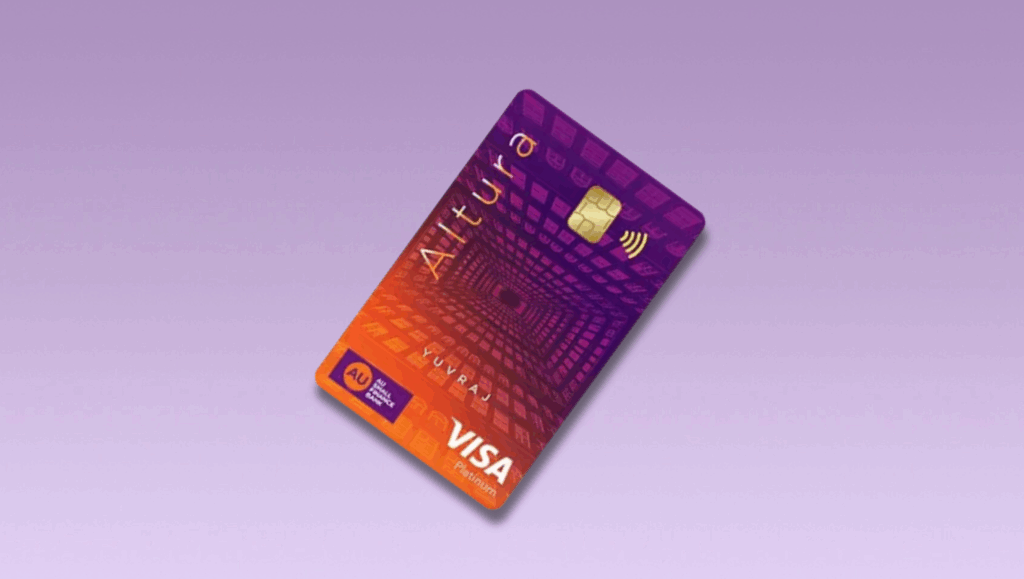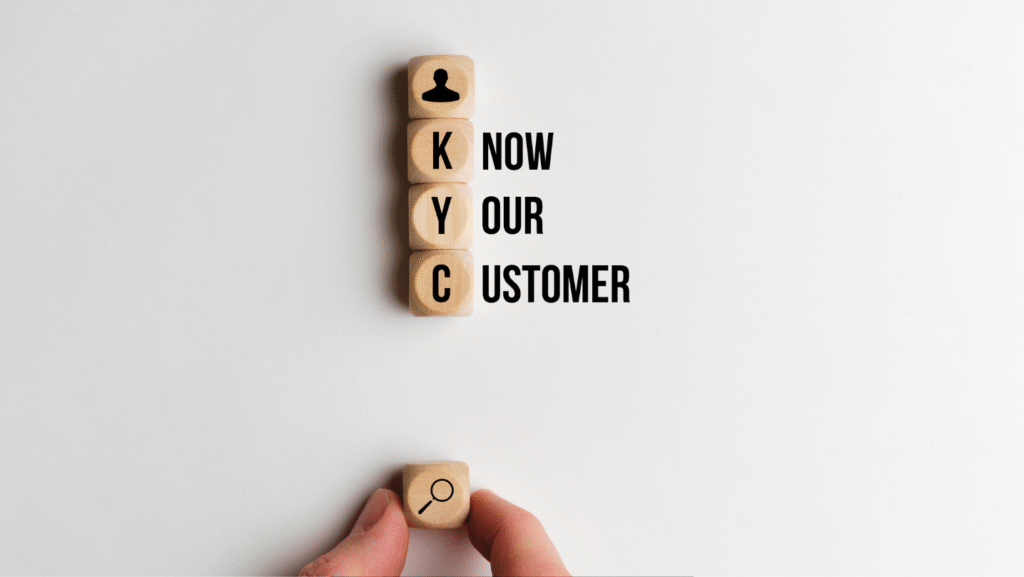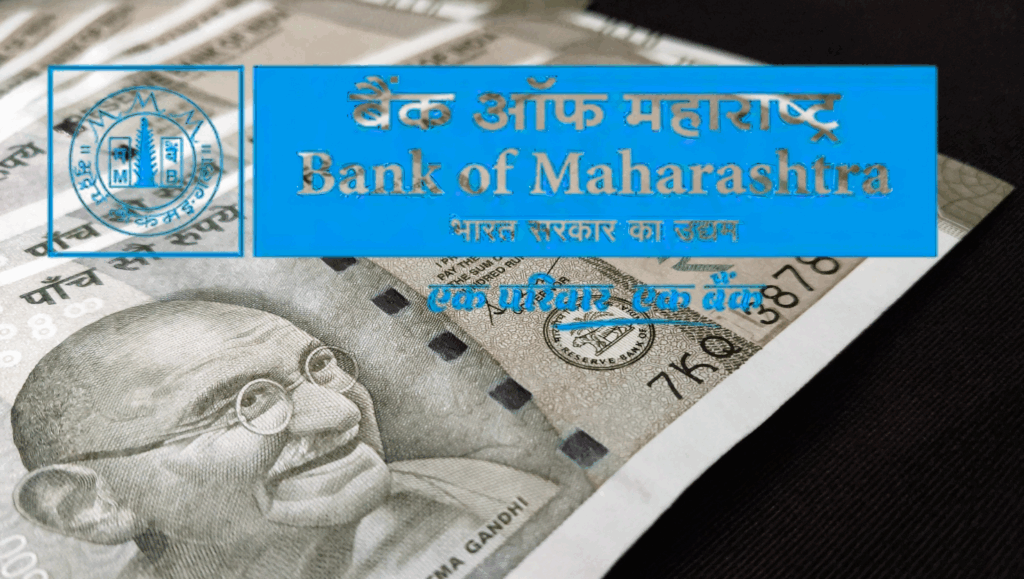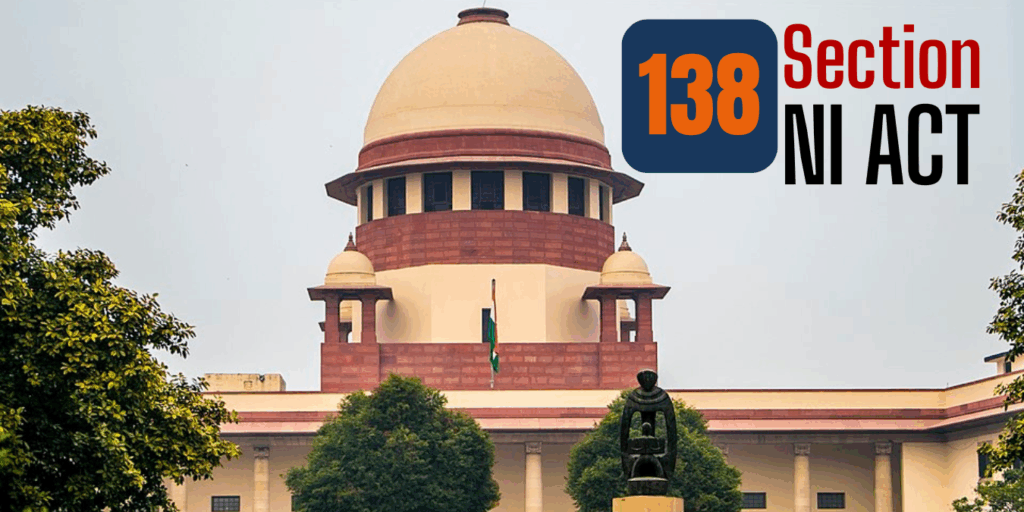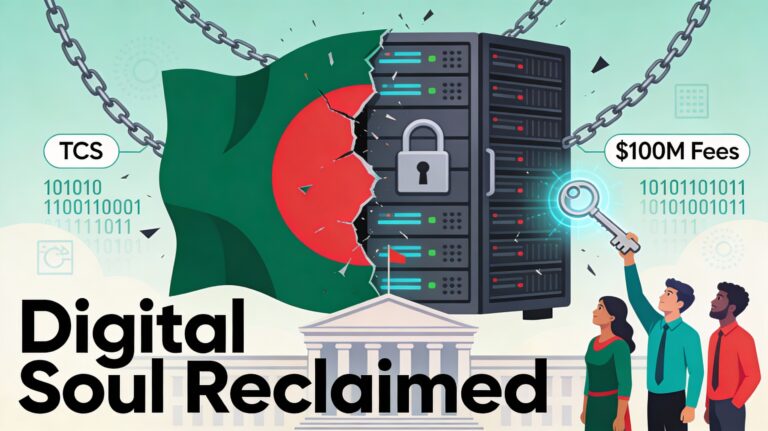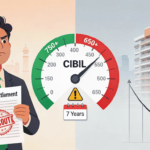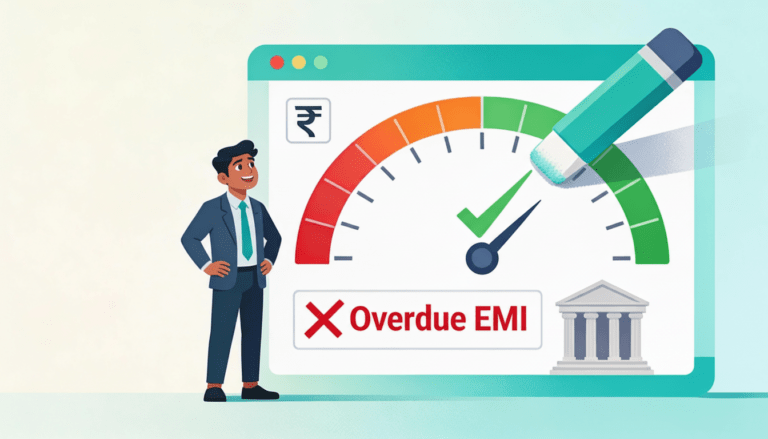
HDFC, ICICI, and Other Q2 Results: What This Festive-Quarter Loan Boom Means for Your Portfolio in 2025
How Q2 FY26 banking results—from HDFC to PNB—hold a Shocking secret that could transform your 2025 portfolio. Explore rising loan booms, deposit twists, and a hidden profitability metric no one’s talking about. Don’t miss the Smart insight that savvy investors are whispering about this festive season.
Step into the world of banking surprises this festive quarter—because what you see might just blow your mind. As HDFC Bank, ICICI Bank, IDFC First, Yes Bank, and Punjab National Bank unveil their Q2 FY26 results this weekend, investors are poised on the edge of their seats. Why? Because loan growth, deposit stability, and profitability metrics during the festive season can make or break market sentiment—fast.
In this article, discover the Smart takeaways from each major bank’s performance, uncover the Hidden trends shaping India’s financial future, and learn how to position your portfolio for the best gains. With real-world anecdotes, current October 2025 insights, and Secret strategies, get ready for a deep dive that’s anything but generic.
Why Q2 FY26 Matters More Than Ever
The second quarter coincides with India’s biggest festivals—Navratri, Dussehra, and Diwali—when consumer spending surges. Banks typically ride this wave with higher credit off-take, but rising global rates and sticky inflation pose Shocking challenges. Here’s why:
| Bank | Loan Advances (₹ crore) | Deposit Base (₹ crore) | Net Profit (₹ crore) |
| HDFC Bank | 27,94,000 | 28,01,000 | 18,641 |
| ICICI Bank | 13,75,000 | 16,12,825 | 12,359 |
| IDFC First Bank | 2,66,579 | 2,69,094 | 352 |
| Yes Bank | 2,50,212 | 2,96,276 | 654 |
| PNB | 11,69,592 | 16,17,080 | 4,904 |
- Loan Growth: Retail and SME loans spike as consumers and businesses gear up for celebrations.
- Deposit Stability: Festival bonuses boost retail deposits, but rate hikes lure funds towards alternative investments.
- Profitability Metrics: Net interest margins (NIMs) and non-interest income reveal banks’ resilience amid cost pressures.
1. HDFC Bank: The Gold Standard of Stability
Stellar Loan Growth, But at What Cost?
HDFC Bank has long been celebrated for consistent credit expansion. This quarter, it reported Quick retail loan growth nearing double-digit percentages, fueled by buoyant housing demand and consumer durable financing. However, analysts caution that margin compression could emerge if funding costs rise further.
Deposit Mix Remains Bulletproof
Bonus season drove Hidden deposit upticks, especially in low-cost CASA balances. That’s a relief for HDFC’s NIM outlook—higher CASA means cheaper funds. Yet, wholesale term deposits showed signs of outflow as yields on corporate bonds climbed.
Practical Takeaway
Investors seeking a blend of stability and growth should keep HDFC on watch. The bank’s conservative underwriting and robust treasury management may shield it from stormy rate cycles.
2. ICICI Bank: The Growth Engine
Riding the Digital Wave
ICICI Bank’s Q2 narrative is dominated by digital transformation. Its YONO and InstaBIZ platforms onboarded millions of new users, translating into higher fee income. This non-interest revenue Shocked many by outpacing traditional treasury gains.
Retail vs. Wholesale: The Balancing Act
While retail loan growth surged, wholesale credit showed moderation amid caution in the infrastructure and real estate sectors. Still, ICICI’s diversified portfolio limited sectoral shocks.
Practical Takeaway
For investors eyeing future-focused banking, ICICI’s blend of aggressive retail expansion and tech-driven revenue streams makes it a compelling play.
3. IDFC First Bank: The Underdog Story
Surprising Profitability Turnaround
Once battling stress at scale, IDFC First Bank posted a Secret standalone profit this quarter. Aggressive NPA recovery efforts and cost rationalization drove the turnaround, surprising many market watchers.
Scope for Scale
Loan growth remains modest compared to larger peers, but management reiterated a target to double card spends and SME lending over the next year—fueling Future growth expectations.
Practical Takeaway
If you believe in high-reward small caps, IDFC First’s turnaround story and management’s renewed focus on fee-based income warrant attention.
4. Yes Bank: The Phoenix Rising
Continuing the Rebirth
Yes Bank’s Q2 was notable for yet another quarter of positive net income—proof of its ongoing resurrection post-recapitalization. Retail loan disbursals, especially personal loans, accelerated Quick thanks to competitive pricing.
Asset Quality Watch
Gross and net NPAs remain elevated compared to big four banks, but sequential improvement signals that Yes Bank’s risk book is healing.
Practical Takeaway
High-risk, high-reward investors can find value here, provided they’re comfortable with lingering asset quality concerns.
5. Punjab National Bank (PNB): The Traditional Powerhouse
Steady as She Goes
PNB’s Q2 emphasized steady margin performance and disciplined credit disbursal. Government bond yields offered cushion to its treasury book, offsetting some margin pressures.
Government Support Signals
As a public sector bank, PNB benefits from implicit sovereign backing. This trust factor often translates to better deposit mobilization during festive seasons.
Practical Takeaway
Conservative investors seeking a low-volatility dividend play should consider PNB’s resilient deposit base and sovereign safety net.
Comparative Snapshot: Key Metrics at a Glance
| Bank | Loan Growth Trend | CASA Ratio Signal | Profitability Cue | Asset Quality Note |
| HDFC Bank | Double-digit retail ↑ | High CASA | Stable NIMs | Pristine NPAs |
| ICICI Bank | Balanced retail/wholesale ↑ | Improving CASA | Fee income surge | Moderate NPAs, sectoral caution |
| IDFC First Bank | Moderate, focused ↑ | Lower CASA | Surprise profit | NPA reduction phase |
| Yes Bank | Retail-led ↑ | Improving CASA | Return to profitability | Elevated NPAs, improving trajectory |
| PNB | Steady state ↑ | Moderate CASA | Govt-backed stability | State-owned asset backing |
Real-World Anecdotes: Lessons from the Ground
- A Mumbai SME owner secured a Quick working capital loan from ICICI within hours, fueling her Diwali inventory—proof that speed matters in the festive quarter.
- A Chennai homeowner closing on a new flat praised HDFC’s seamless digital home-loan journey, underscoring the bank’s customer-centric edge.
- A Delhi restaurateur shifted PNB deposits mid-quarter after real-time bond yields spiked—showing public bank flexibility.
Strategies for Investors This Festive Quarter
- Blend Safety with Growth: Combine HDFC Bank’s stability with ICICI’s tech-driven growth.
- Spot Turnaround Candidates: Monitor IDFC First and Yes Bank for signs of sustained recovery before leapfrogging into riskier bets.
- Watch Macro Cues: RBI rate decisions and global yield movements will sway deposit flows—stay nimble.
- Diversify Across Segments: Mix retail-heavy names with PSU banks for balanced portfolio resilience.
Key Takeaways
- Loan growth is pacing ahead, but margin pressures loom if deposit costs rise.
- Digital and fee‐based revenues are emerging as new profit engines—ICICI and HDFC lead the charge.
- Turnaround stories (IDFC First, Yes Bank) offer asymmetric upside—but carry asset quality risks.
- PSU banks like PNB deliver stability backed by sovereign trust, ideal for conservative allocations.
- Active monitoring of macro trends—RBI policy, bond yields, festive spending patterns—is crucial.
Final Thought
Amid Diwali lights and festive fervor, Q2 FY26 results light up the banking landscape with tales of growth, resilience, and Secret opportunities. Navigating this harvest season demands a blend of Smart portfolio moves: anchoring to blue-chip safety, yet daring enough to embrace underdog comebacks. The coming weeks will reveal which banks spark investor joy—and which ones flicker. Stay vigilant, stay curious, and let these results guide your next strategic leap into India’s dynamic banking tapestry.
Disclaimer: The use of any third-party business logos in this content is for informational purposes only and does not imply endorsement or affiliation. All logos are the property of their respective owners, and their use complies with fair use guidelines. For official information, refer to the respective company’s website.
